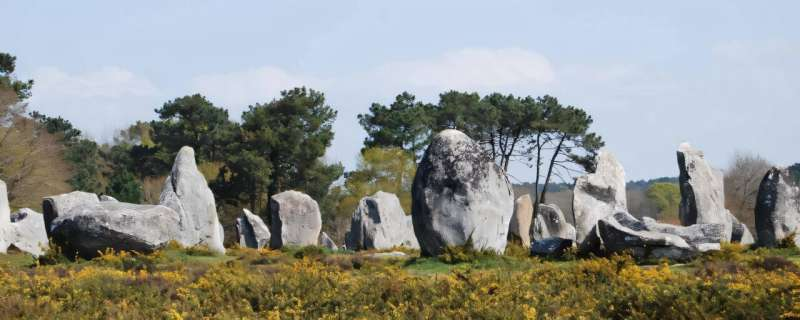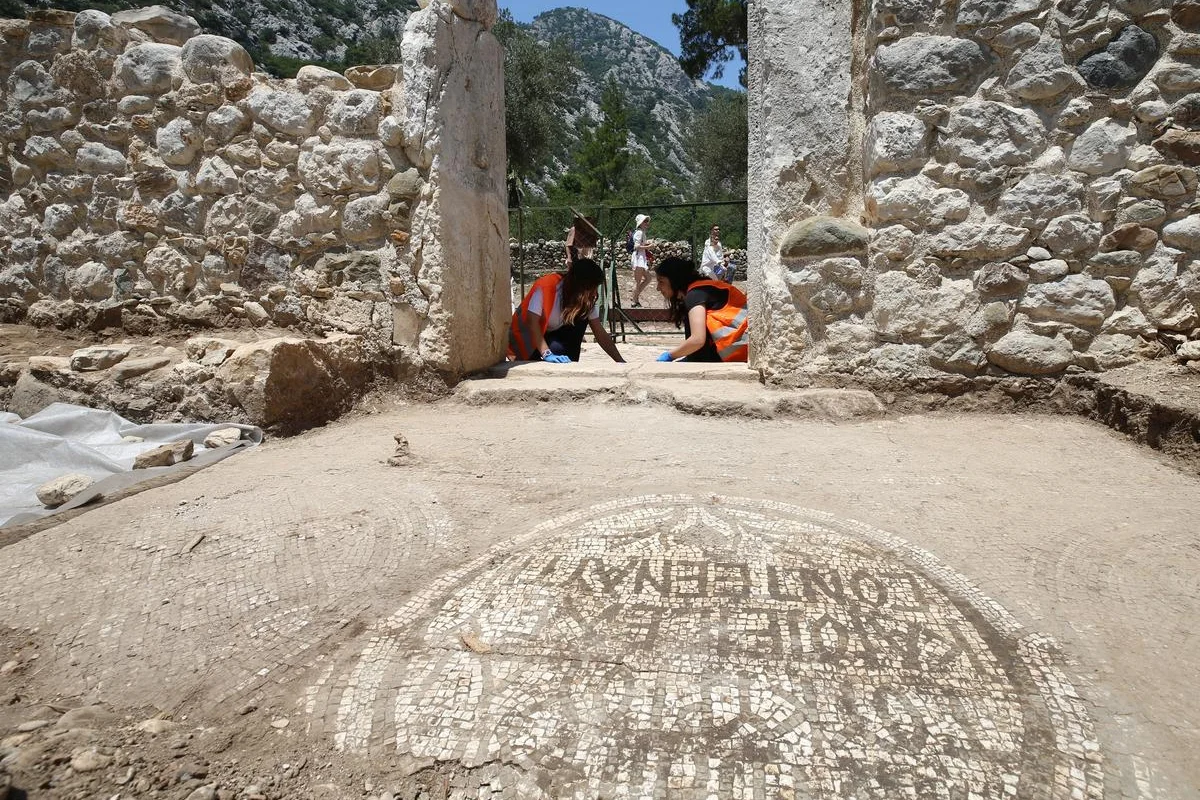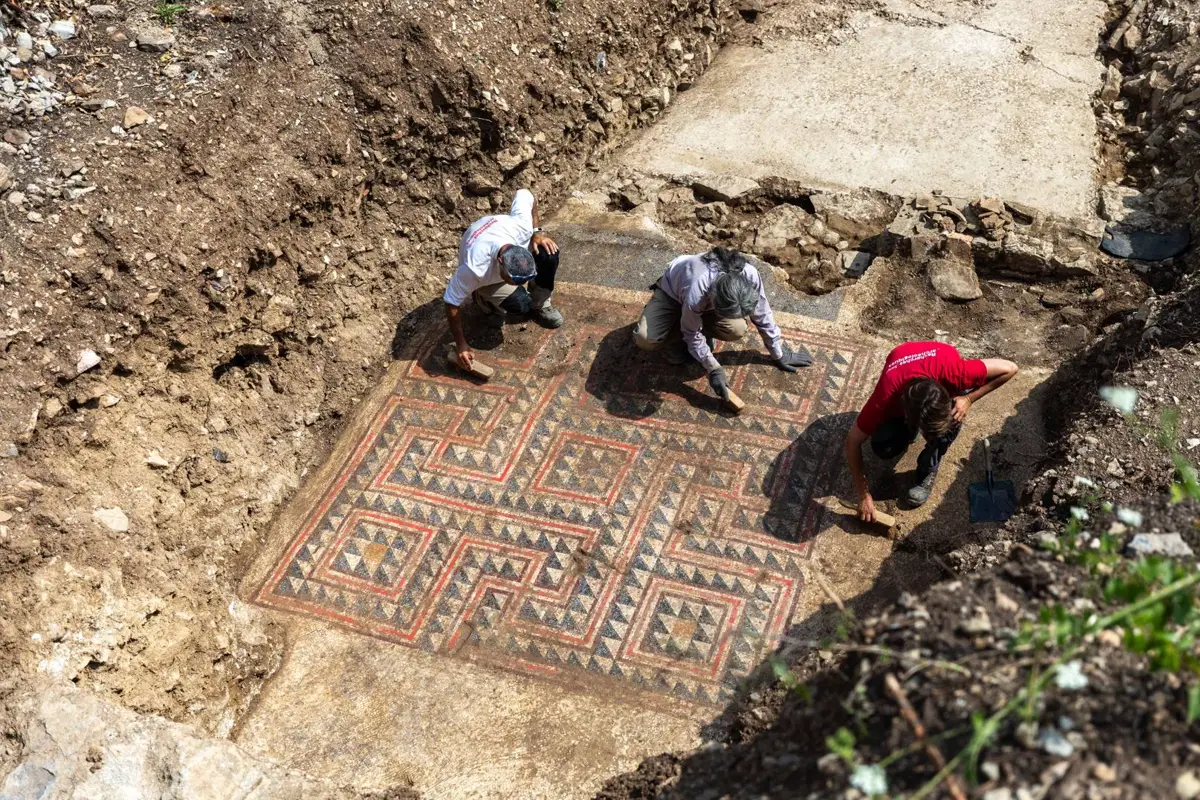Introduction
Olduvai Gorge, located in Tanzania, is one of the most significant archaeological sites in the world, often referred to as the "Cradle of Humankind." This steep-sided ravine has yielded a wealth of fossils and artifacts that have profoundly shaped our understanding of early human evolution. The discoveries made in Olduvai Gorge provide critical insights into the development of early hominins, their tool-making abilities, and their way of life. This exploration delves into the key findings from Olduvai Gorge and their significance in unraveling the story of humanity’s origins.
Geological and Historical Context
Formation of Olduvai Gorge:
Geological Processes: Olduvai Gorge was formed over millions of years through the erosive action of water cutting through volcanic ash and sedimentary deposits. The exposed layers provide a chronological record of environmental changes and human activity.
Stratigraphy: The gorge's stratigraphy is divided into several beds, each representing different geological periods. These layers have preserved fossils and artifacts dating back to the Pleistocene epoch, spanning approximately 2 million years.
Pioneering Research:
Louis and Mary Leakey: The husband-and-wife team of Louis and Mary Leakey conducted extensive excavations in Olduvai Gorge from the 1930s onwards. Their groundbreaking discoveries brought international attention to the site and established it as a key location for studying human evolution.
Discoveries of Early Hominins
Australopithecus boisei:
Zinjanthropus (Paranthropus boisei): In 1959, Mary Leakey discovered the skull of a robust australopithecine, initially named Zinjanthropus boisei. This find, dated to about 1.75 million years ago, provided crucial evidence of early hominin diversity and adaptation.
Diet and Lifestyle: The robust skull and large molars of Australopithecus boisei suggest a diet primarily consisting of tough plant materials, indicating adaptation to a savanna environment.
Homo habilis:
Handy Man: In the early 1960s, Louis Leakey and his team discovered fossils of Homo habilis, dated to around 1.9 million years ago. This species, known as "Handy Man," is considered one of the earliest members of the genus Homo.
Tool Use: The association of Homo habilis with Oldowan tools (simple stone tools) suggests advanced cognitive abilities and the beginnings of technological innovation.
Homo erectus:
Advanced Hominins: Fossils of Homo erectus, dating to around 1.2 million years ago, have also been found in Olduvai Gorge. This species exhibited more advanced tool-making skills and greater mobility, as evidenced by their widespread distribution across Africa and Eurasia.
Fire and Social Behavior: Evidence of controlled use of fire and more complex social structures in Homo erectus marks a significant step in human evolution.
Tool-Making and Technological Innovation
Oldowan Tools:
Earliest Tools: The Oldowan tool industry, characterized by simple stone flakes and choppers, represents the earliest known stone tool technology. These tools, dating back to around 2.6 million years ago, were primarily used for butchering animals and processing plant materials.
Cognitive Implications: The production and use of Oldowan tools indicate early hominins' ability to plan, problem-solve, and manipulate their environment, reflecting significant cognitive advancements.
Acheulean Tools:
Advanced Technology: The Acheulean tool industry, associated with Homo erectus, features more sophisticated tools such as hand axes and cleavers. These tools, dating to around 1.5 million years ago, demonstrate improved craftsmanship and versatility.
Functional Diversity: Acheulean tools were used for a variety of tasks, including hunting, butchering, and woodworking, highlighting the adaptability and resourcefulness of early humans.
Significance of Olduvai Gorge in Understanding Human Origins
Chronological Framework:
Stratigraphic Record: The well-preserved stratigraphic layers of Olduvai Gorge provide a chronological framework for studying the evolution of early hominins and their environments. This record allows researchers to correlate fossil and artifact evidence with specific time periods.
Environmental Context: The geological and paleoenvironmental data from Olduvai Gorge offer insights into the climatic and ecological conditions that shaped early human evolution.
Behavioral Insights:
Tool Use and Diet: The discovery of tools and butchered animal bones provides evidence of early hominin diet, subsistence strategies, and social behavior. These findings shed light on the transition from primarily plant-based diets to increased meat consumption.
Social Organization: The presence of multiple hominin species and tool industries at Olduvai Gorge suggests complex social interactions and competition for resources, contributing to our understanding of early human societies.
Evolutionary Milestones:
Transition to Genus Homo: The fossils of Homo habilis and Homo erectus from Olduvai Gorge represent critical milestones in the evolution of the genus Homo. These species exhibit key traits such as increased brain size, bipedalism, and advanced tool-making abilities.
Cultural Evolution: The progression from Oldowan to Acheulean tools reflects the cultural and technological evolution of early humans, highlighting their capacity for innovation and adaptation.
Conclusion
Olduvai Gorge stands as a testament to the rich and complex history of early human evolution. The discoveries made at this site have profoundly influenced our understanding of the origins and development of early hominins, their tool-making abilities, and their way of life. By providing a detailed chronological and environmental context, Olduvai Gorge continues to be a vital source of information for researchers studying the roots of humanity. As ongoing excavations and analyses uncover new findings, the story of our ancestors becomes ever more intricate and fascinating, reaffirming Olduvai Gorge's status as the "Cradle of Humankind."







